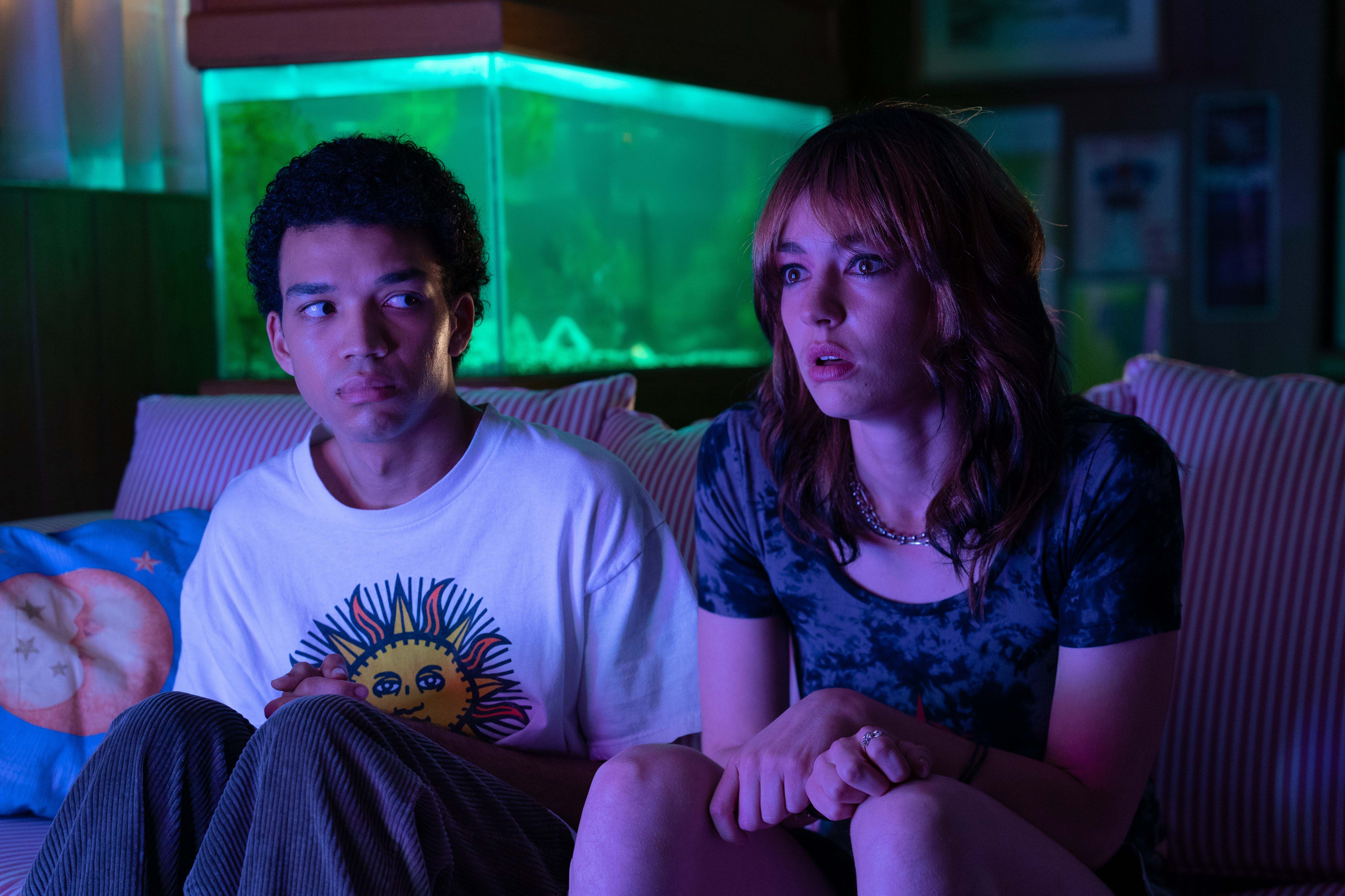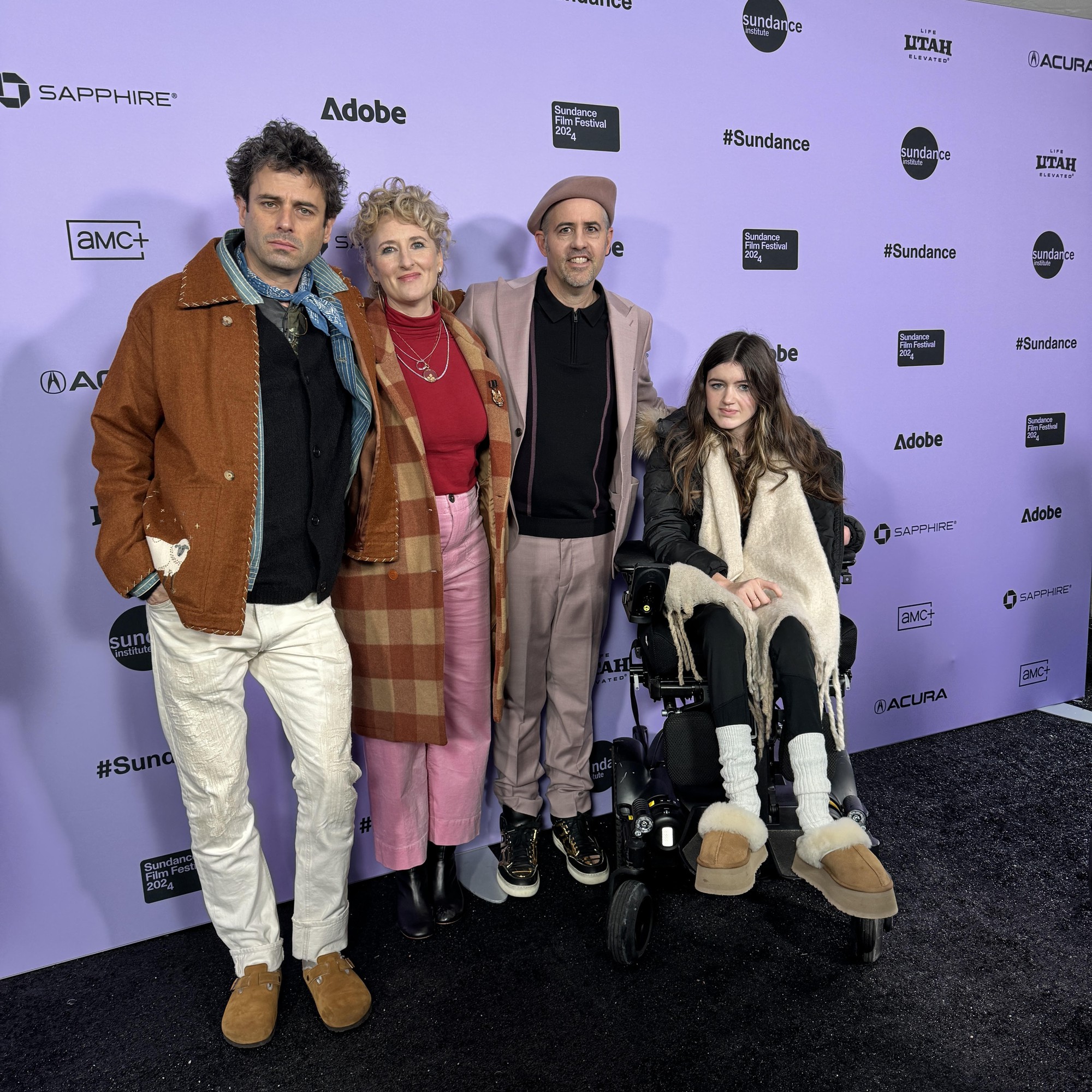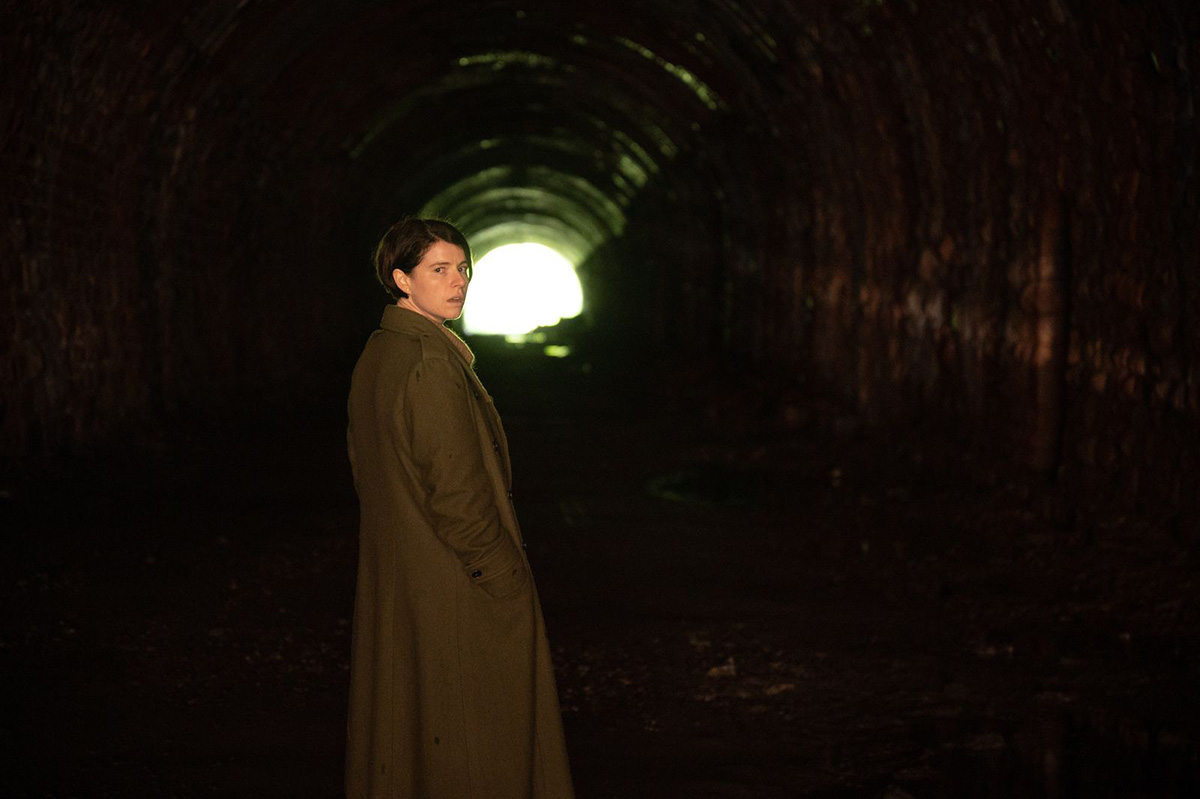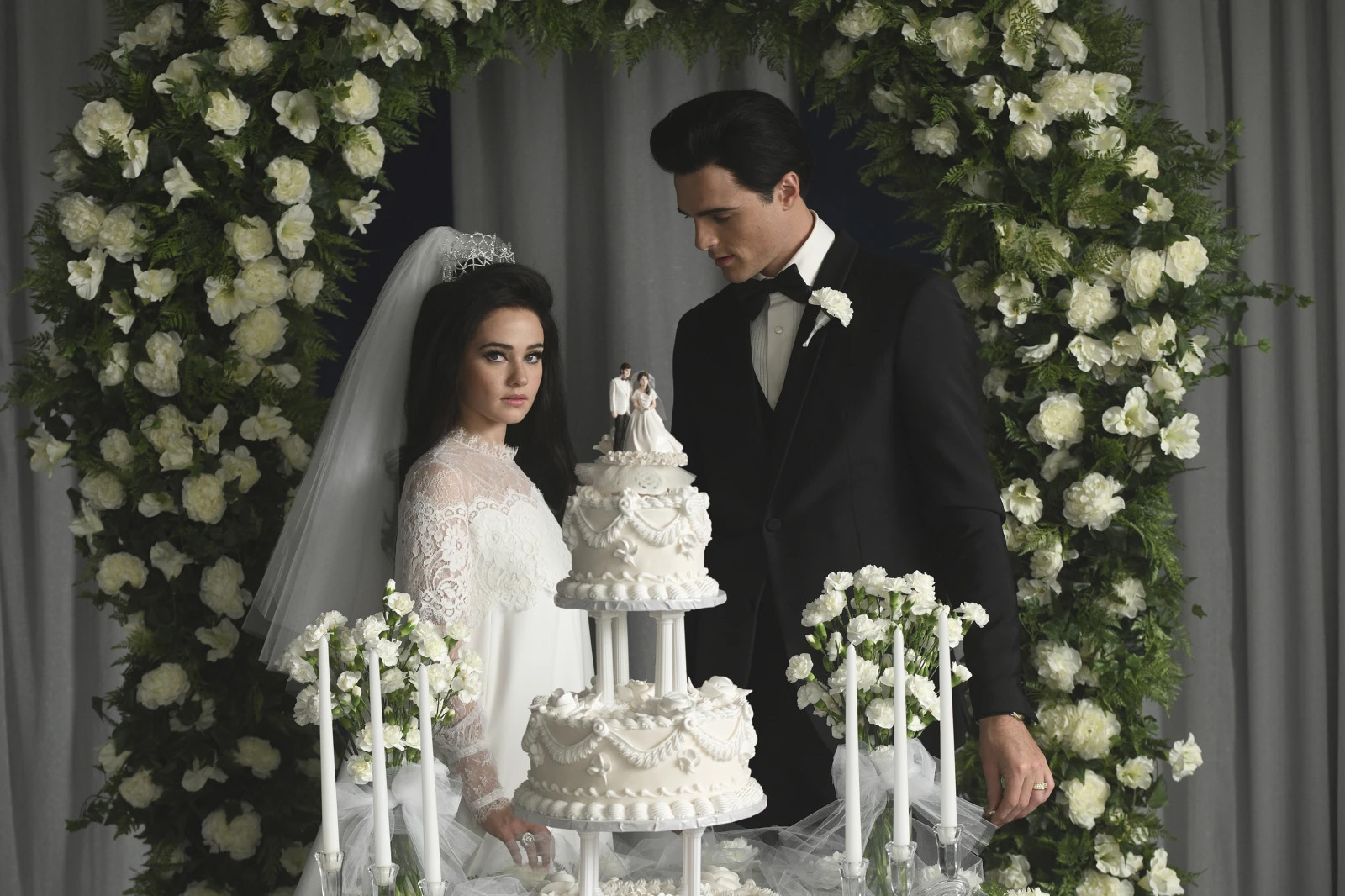Sundance 2024: With neon ’90s visuals, ‘I Saw the TV Glow’ is a haunting exploration of identity

Justice Smith (left) and Brigette Lundy-Paine (right) play Owen and Maddy in “I Saw the TV Glow.” The horror film from Jane Schoenbrun follows two lonely teens who bond over their love for a late-night television show. (Courtesy of A24)
“I Saw the TV Glow”
Directed by Jane Schoenbrun
A24

By Graciana Paxton
Jan. 27, 2024 3:05 p.m.
All that glitters is gold – or pink – in Jane Schoenbrun’s “I Saw the TV Glow.”
The writer-director’s stunning sophomore narrative effort follows teenagers Owen (Justice Smith) and Maddy (Brigette Lundy-Paine) as the two seek to overcome feelings of loneliness and otherness through their shared love for a fictional ’90s late-night program, “The Pink Opaque.” With striking visual language, Schoenbrun fires on all cylinders, maximizing both style and substance through clarity of voice and a deeply original script in the beautifully haunting “I Saw the TV Glow.”
And glow it does, as the neon pinks, blues and greens that inform the film’s vivid aesthetic deliciously ooze from the screen. With this distinct palette and masterful world building, Schoenbrun forges their own language in terms of what the horror genre can accomplish. From guttural screams and suffocating static to new sonic gems from artists such as Sloppy Jane, Phoebe Bridgers and Caroline Polachek, the film serves as an auditory feast through its rattling sound design and ’90s grunge-tinged soundtrack. Underneath this stylistic bravado, however, lies an intense intimacy as the film unravels into a deeper narrative of identity, isolation and gender dysphoria.
[Related: Alumnus written and directed short film ‘Enamorado’ touches on queer Latino love]
A shy, lonely young Owen, played by Ian Foreman, finds himself first introduced to “The Pink Opaque” after becoming entranced by a trailer for the “Buffy the Vampire Slayer”-esque show. Unfortunately for Owen, the program only airs live at night, well after his bedtime – a deadline strictly enforced by his unyielding and at times ghoul-like father (Fred Durst). This leads Owen to Maddy, an icy, offbeat high schooler who knows “The Pink Opaque” inside and out and is more than happy to provide the middle schooler with tapes of the program in exchange for someone to discuss her favorite show with.
Although spooks and truly disturbing visual sequences are ever-present throughout the film, motifs of faded sidewalk chalk and hot pink pen scribbles remind viewers that despite its heavy horror elements, the film at its core is a coming-of-age tale, albeit an unsettling one. Perfectly aligned with yeule’s eerie yet hopeful cover of Broken Social Scene’s “Anthems For a Seventeen Year Old Girl” – which bookends the film – these nostalgic cues ultimately come together to cement the concept of time as essential to “I Saw the TV Glow.”
Similar to the fashion of their 2021 narrative debut, “We’re All Going to the World’s Fair” – which examines isolation and adolescent media consumption through the lens of scary YouTube videos and creepypasta-style content – Schoenbrun utilizes inventive perspective shifts and camera quality changes to immerse viewers in the same fictional realities their characters find solace in. While the former’s cleverness lies in placing viewers in the loading screen of its protagonist’s favorite online game, “I Saw the TV Glow” takes this a step further, presenting audiences with fully realized clips from “The Pink Opaque,” complete with the fuzzy quality and campy coloring of a ’90s teen drama.
Several years later, Owen, now played by Smith, shakily reconnects with Maddy, and the two begin watching “The Pink Opaque” together live as it airs. Yet when the two’s mutual obsession with the show mutates into escapism, the lines between the television show and “the real world” blur, forcing each teen to reckon with their flimsy grasp on reality and unstable sense of self.
Despite past stints in much more confident, charismatic roles, Smith masterfully shrinks into the role of Owen, who is riddled with self-doubt and depression for the majority of the film. The actor particularly excels within the film’s sporadic fourth wall breaks as he dully dictates exposition to the camera while his eyes convey a drastically different story. As Maddy, Lundy-Paine supplies a star-making turn of their own cemented by an emotive, startling third-act monologue. With their unflinching delivery, the film’s distinction between reality and fiction becomes particularly warped for viewers – is Maddy a victim of complete dissociation, or did she and Owen actually exist as Tara and Isabel, the protagonists of “The Pink Opaque,” in a past life?
[Related: Sundance 2024: Alumnus Michael Fitzgerald talks progress in representing disability on screen]
While the answer to this question is still open to interpretation by the time the credits roll, Schoenbrun’s earnest positioning of Owen’s existence as an allegory for the trans experience is much less ambiguous. With the exception of the “villains” that exist within the realm of “The Pink Opaque,” the filmmaker presents the primary forces haunting Owen as much more abstract. Rather than employing a defined supernatural power or boogeyman, the film’s true suffocating force is the internalized fear that prevents Owen from engaging in any form of self-reflection or recognition.
Beyond their exploration of the influence media obsessions can have on one’s psyche and sense of self, Schoenbrun is much more explicit in their presentation of the passage of time as relentless. In the end, the central tragedy of “I Saw the TV Glow” lies specifically in how this loss of time can be particularly cataclysmic for individuals living as false versions of themselves. While some viewers may leave the theater opposed to the film’s haunting ending, Schoenbrun powerfully presents the choice between existing as one’s truest self and inhabiting a false reality as life or death, ultimately solidifying the film as a moving warning call to live authentically.
With its magnetic aesthetic and existential core, the static of “I Saw the TV Glow” is sure to leave audiences buzzing long after its credits roll.






